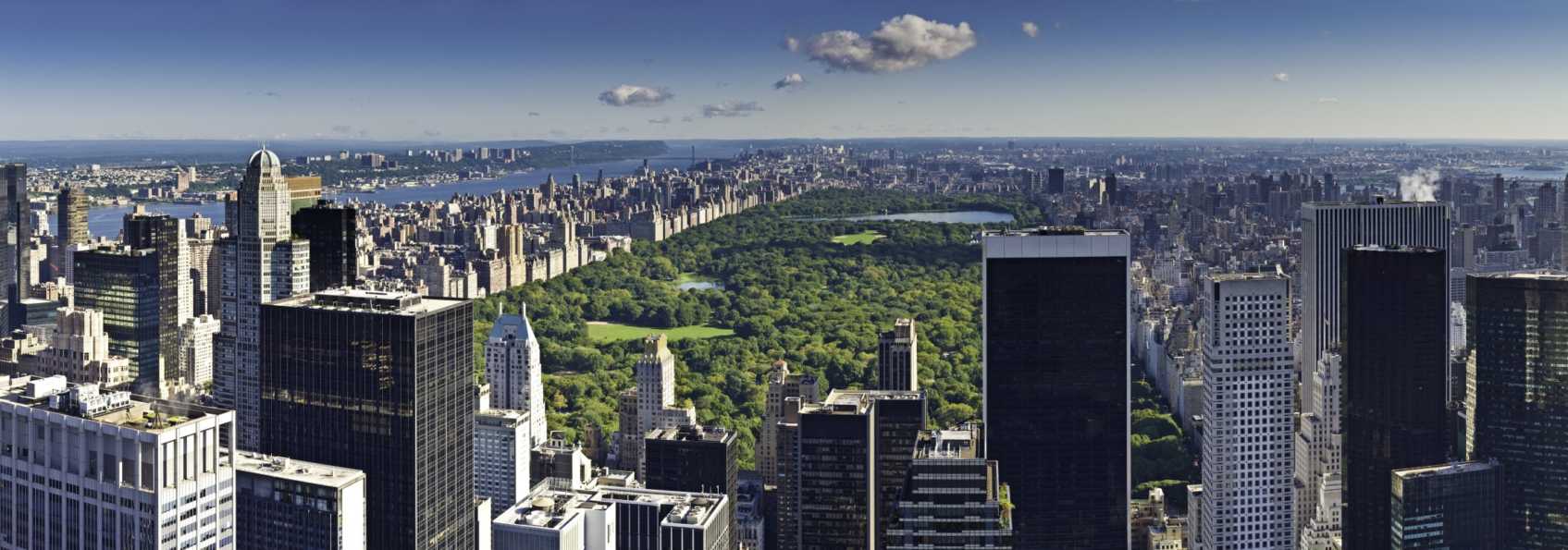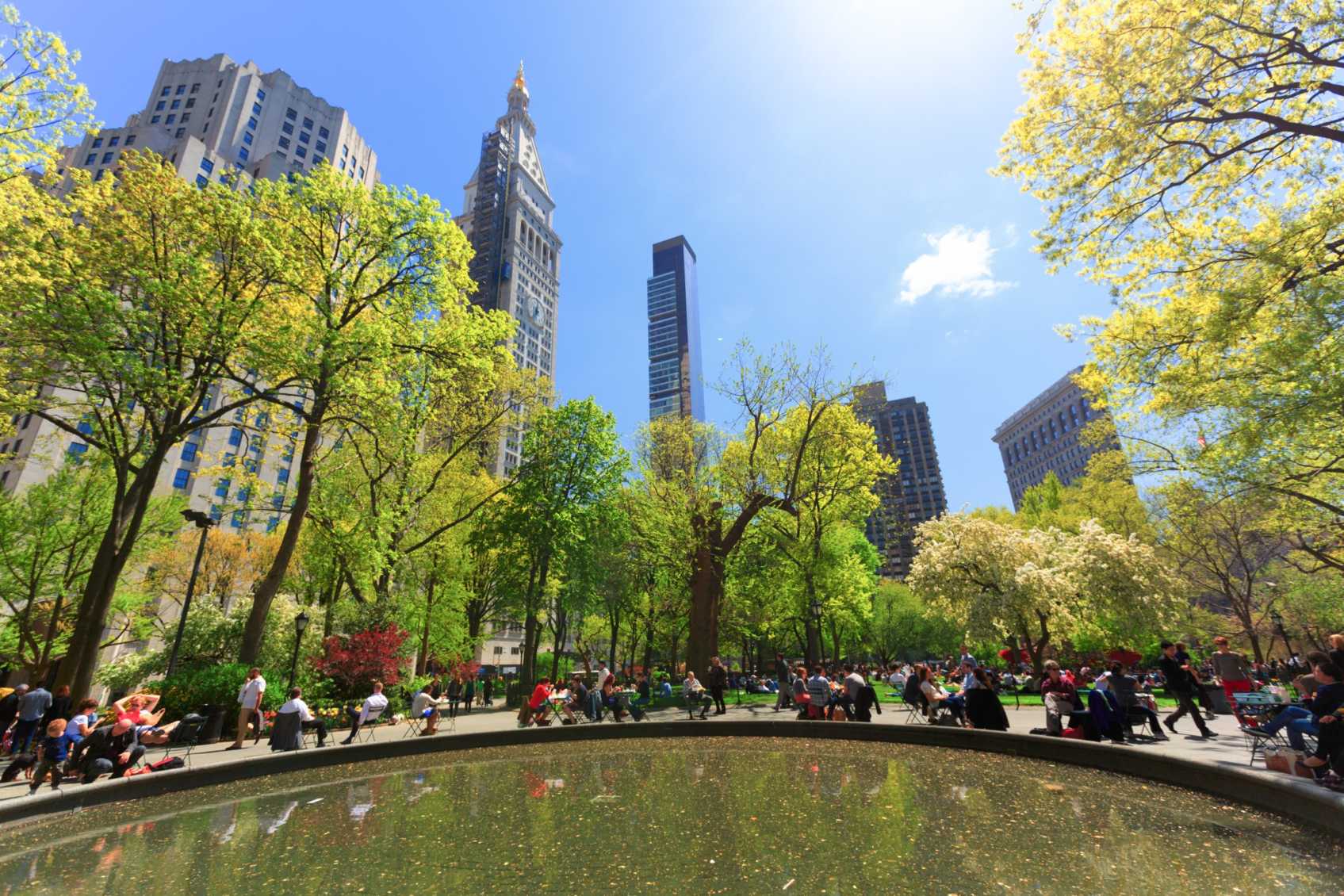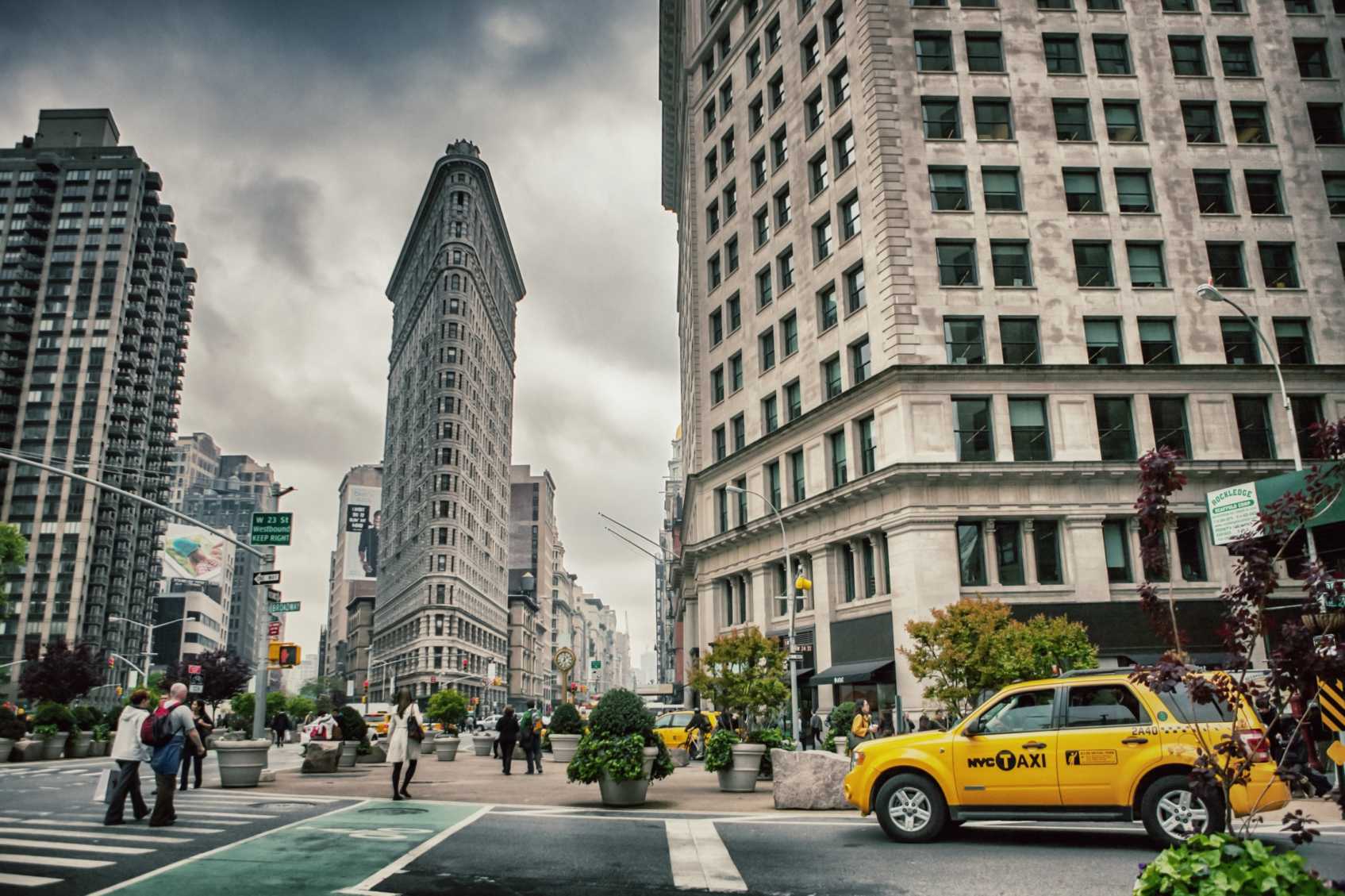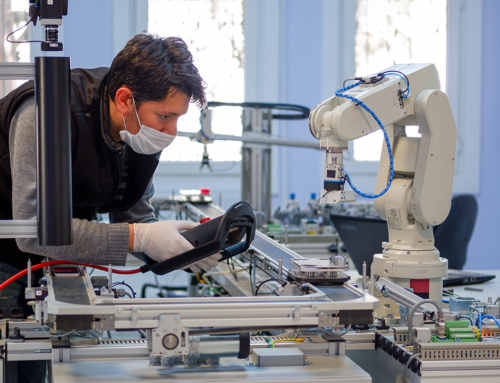Why NYC Will Come Back Stronger
A History of Disasters in NYC
The September 11 attacks of 2001 had a profound impact on New York City. So did Hurricane Sandy. The financial crisis of 2008 also dealt a severe blow to the city. Here are some other disasters that affected NYC over the last 250 years:
1. The Great Fire of 1776: A destructive fire broke out in the heat of the Revolutionary War. It raged through Lower Manhattan, devastating over 500 buildings. It obliterated almost a third of the city.
2. The Great Fire of 1835: This fire started on a cold December night and raged for over 15 hours. It destroyed the financial district and turned Manhattan below Wall Street to rubble. It consumed 600 buildings in its wake.
3. The Draft Riots of 1863: The draft called all young men to fight for the Union Army unless they had $300 to pay for a substitute. A working-class mob went on the rampage, burning buildings, looting wealthy homes.
4. The General Slocum Disaster of 1904: More than 1300 German Americans boarded General Slocum on a fateful June morning in 1904. The paddleboat took them for an excursion in Locust Point in the Bronx. Then fire broke out in the ship’s lower decks, and it later sank, claiming 1000 lives.
5. The Triangle Shirtwaist Factory Fire of 1911: A pile of flammable scrap caught fire in a garment factory in 1911. It sparked a blaze that claimed 143 lives within 18 minutes. Management had locked all the stairwell exits to prevent employee theft. So, several workers jumped to their deaths to avoid asphyxiation.
6. The Malbone Street Wreck of 1918: The Malbone Street Wreck was one of the deadliest train crashes in US history. The Brotherhood of Locomotive Engineers was on strike. Thus, an inexperienced motorman named Edward Luciano was operating the train. Luciano sped through the tunnels at 30mph on a 6mph track. It caused the train to derail, leaving over 100 straphangers dead.
7. The 1918 Spanish Flu: The virus raced through jam-packed tenements and neighborhoods. It killed more than 20,000 New Yorkers.
8. The 1977 Blackout: A series of lightning bolts tripped circuit breakers in a Hudson River substation. This mishap resulted in two days of mayhem for Gotham, with looting, rioting, and arson. Damages amounted to over $300 million.
NYC as the Coronavirus Epicenter
Before March 2020, NYC was at the center of a fast-paced, highly integrated global economy. Many believed NYC would be hit harder than most cities, but not to the extent it was. NYC’s unique global position in the world economy welcomed distinct challenges during a viral pandemic. NYC had non-stop flights to almost every major capital and economic center within an 18 hour flight radius. The high population density which provided one of the most vibrant urban experiences in the world became its most pressing challenge.The way New Yorkers live and see the world will be forever changed.
Challenges Ahead
Other states are lifting lockdowns and beginning the process of reviving their economies. Yet, strict COVID-19 closures remain in New York for now. Stay at home orders will remain in place until June 13. Governor Andrew Cuomo is positioning his strategy as long-term prudence. He has pointed out that countries that reopened too early had to shut down again after cases spiked. His stance is that New York should take the economic pain now, rather than shut down later.
The New York transit system is another challenge. Patrick J. Foye, the CEO of the MTA, spoke at a recent press conference. He said, “We’re in an unprecedented moment in the history of our city.” Officials are scrambling to keep the service running even as ridership plummets. Thousands of transit workers are falling ill, and service reductions are mounting.
The cost of living in NYC is yet another issue. Long before the crisis started, the city was experiencing a soaring cost of living. People were finding it hard to afford new houses. According to the US Census Bureau, the city’s population shrank by half a percent between 2017 and 2018. Hundreds of thousands of residents have moved away from the city over the last ten years.
15 Reasons Why NYC Will Rebound
Despite the challenges, New York City is likely to rebound when the pandemic eases. Here’s why:
1. Global Power City: As a powerful global city, NYC exerts significant influence in commerce, finance, media, art, fashion, research, technology, marketing, advertising, education, and entertainment. NYC is by far the largest city in the United States, which is still the world’s largest economy.
2. The size and scale of the economy: New York City operates on a colossal scale. The GDP of the metro area was over $1.5 trillion before the crisis, which is larger than many countries in the world. The current downturn is cutting into the city’s revenue. Yet, most financial experts think that the city will get through the crisis in good shape. There is budget flexibility, and the city has financial reserves. Plus, it receives significant support from the federal government.
3. The population size: The tri-state area of New York, New Jersey, and Connecticut is home to more than 20 million people. New York City itself has almost 8.5 million. The market is vast, and so is the labor force. Many people will unfortunately lose jobs and businesses, but the pandemic will create new ones. New York has creative citizens. As a home to so much diversity and creativity, the city is sure to find its way out of the crisis.
4. The resilience of the people: The COVID-19 pandemic has rewritten the script on how to handle upheaval in modern times. New York has earned the hashtag #nyctough. Its residents have a can-do attitude. Familiar with the daily noise and energy that fill the city streets, we are quick at adapting. We are seeing resilience in how New Yorkers respond, recover, and thrive during and after a crisis.
5. Access to talent workers: The city has a unique ability to attract talent from all over the world. NYC has many millennials in the workforce, who bring new perspectives to solving business challenges. The city’s diverse workforce is its strength. The city previously made investments in educational partnerships with global organizations and universities that will withstand the crisis. People with dreams have been coming to NYC for centuries, and the Statue of Liberty exemplifies this inspirational journey.
6. Innovation clusters: In Manhattan alone you will find “Silicon Alley,” Wall Street, and Broadway. The Brooklyn Borough is also emerging as one of the nation’s leaders in the innovation economy. The numbers for tech startups in Brooklyn were growing before the crisis. So are creative companies and next-generation manufacturers. This runaway success kicked the borough’s economy into high gear before the pandemic. These innovation clusters will continue to grow and prosper. They will be a testament to the resilience of this great city.
7. The presence of affluent global consumers: New York, with its array of upscale stores and its glitzy lifestyle, is a magnet for the rich. It is one of the world’s leading centers for fashion, art, theater, and food. Its arts scene has no parallel. It is also a foodie’s heaven, serving an estimated 60 global cuisines. Its nightlife is also out of this world. Many of these attractions have closed in the current quarantine. Yet, they are embedded in the city’s fabric, and will no doubt return.
8. Fast-paced, future-oriented culture: If you can make it here, then you can make it anywhere. The Statue of Liberty, a universal symbol of democracy and political freedom, stands in New York Harbor. It demonstrates the power of freedom, ingenuity, hard work and determination. If America is the Land of Opportunity, NYC is The Island of Opportunity.
9. Education: New York State has at least three top tier research universities. They are Cornell, Columbia, and New York University. Columbia is the 10th best in the US, and 18th in the QS World Rankings. Cornell recently founded Cornell Tech, its new, massive billion-dollar campus in NYC on Roosevelt Island with a partnership with Israel’s Technion University. The campus aims to become the Stanford of the East. NYU also enjoys a ranking among the world’s best, at No. 39.
9. Infrastructure: New York’s seaports have given rise to a lucrative shipping industry. This industry provides access along the Northeast Corridor. This “Corridor” runs from Maine to Washington DC. It is the largest economic region on the planet. The city’s location means that it enjoys access to major global ports. It also has two major airports and is easy to access by train. Since the city is so essential to the flow of trade, it is bound to recover and thrive.
10. Hospitals: New York is home to the nation’s best healthcare. The city has many high-performing care centers. These centers treat everything from rheumatology and rehabilitation to cardiology and cancer. New York-Presbyterian is one of the highest-ranked in the nation, as are NYU Langone and Mount Sinai. Hospitals citywide became overwhelmed in the current pandemic, and heartbreaking scenes emerged. These are images we will never forget. Yet, the city’s healthcare infrastructure will recover and will rebuild, learning the lessons of the historic crisis. NYC hospitals will maintain their lead in the medical field.
11. Diversity: New York is open to foreign influences. Since its early stages as a Dutch colony, it was a haven for immigrants. It was also the main port of entry for the US for several years. The waves of immigrants formed many communities. They made it easier for newcomers to get a toehold, and that continues today. It is also a great test city, and most brands launch their products here first.
12. Population density: During a pandemic, population density is a challenge. After the development of a vaccine, it leads to innovation. Studies show that higher population density tends to produce more innovation. Another advantage is that as the epidemic grows it infects more people who are asymptomatic or have mild cases. They then recover to become immune. Thus, New York City may well be the place where herd immunity starts.
13. Cities have always been the epicenters of pandemics: History shows that cities have always been the epicenters of infectious disease. London, Paris, and New York boomed in the wake of the Spanish Flu. People often moved to cities after pandemics. Cities tend to provide higher wages and better job opportunities post-pandemic.
14. The city is making some positive changes: Governor Cuomo says the city can learn many lessons. The state created a Technology “SWAT Team,” public private technology partnership, to support the government’s response. It also refined the readiness of its hospital system. The state already plans to improve the education system with the backing of the Bill and Melinda Gates Foundation. More than ever, the city is brainstorming and implementing ways to improve its transportation network. These changes can inspire new thinking and make meaningful change.
15. Livability: The city’s problems have been mitigated somewhat by the crisis. Crime is down. Pollution is down. Traffic is down. Noise pollution is down. The cost of living is not likely to rise as much as it was. These changes improve the city’s livability for residents. It is critical for business and policy makers to brainstorm ways to make NYC an even better city, and to lead change that improves the city’s livability long term.
Helping NYC rebuild
For many organizations in NYC, the Coronavirus disaster is a crisis that will cause tremendous change, inflection points, and pivots in their business model. As a result, we at SIS International Research, located in the heart of NYC, are helping businesses to reshape a brighter future:
Strategic Repositioning
Finding new ways to provide value to others in the marketplace
Digital Transformation
Creating new services to serve your customers
Revenue Generation
Implementing actionable strategies immediately to boost revenue
Workflow and Workforce Innovation
Adapting organizations to the new normal
Customer Insights
Helping companies to better serve customer needs
Clinical Trial Market Research
Helping Pharmaceutical companies test vaccines and treatments
Pharmaceutical Market Research
Helping Pharmaceutical companies develop and market vaccines and treatments
Healthcare Market Research
Helping hospitals better recover from strain and develop sustainable capacity
Competitive Analysis
Helping organizations to see the seismic changes that now impact their world
R&D Market Research
Helping R&D Managers to gather data, develop hypotheses, develop prototypes, innovate and test concepts
New Product Launch
Launching new products and testing new concepts affordably and rapidly
Rebuilding NYC, the “Island at the Center of the World”
New York City will come back stronger than ever. This is what New York City does. This is who we are. This is what we have always done. We, too, can believe and have faith in this great city. It has time and again shown its ability to rise above adversity.










